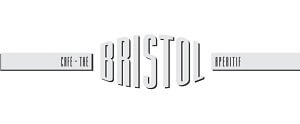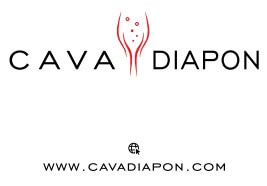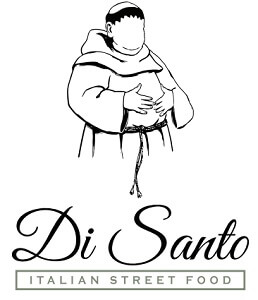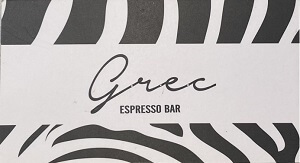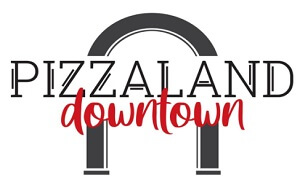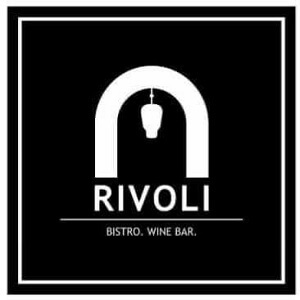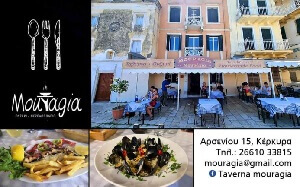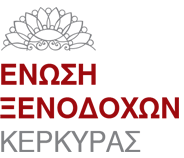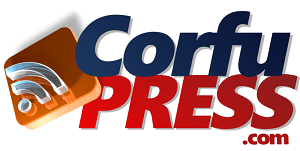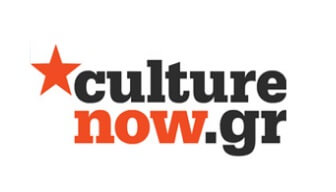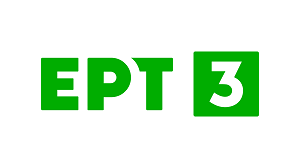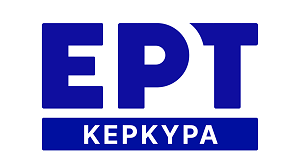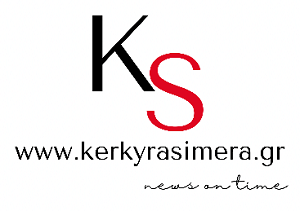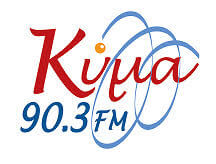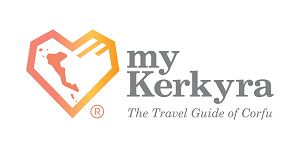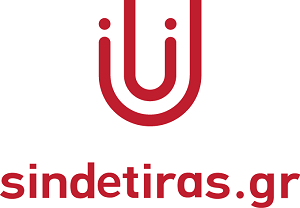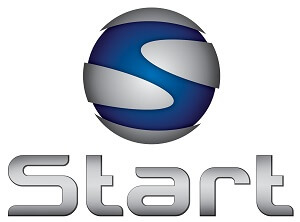In 2018, the innovative London-based publisher Visual Editions in collaboration with Google Creative Lab Sydney released Kate Pullinger’s Breathe, a literary narrative to be experienced on a smartphone device. The distinctiveness of Breathe lies on the fact that the story is not predetermined, but rather is shaped via input provided by the reader’s camera and location. Using Application Programming Interfaces (APIs), the narrative is designed to “internalize the world around you,” and produces a story that is profoundly intimate and deeply haunting. Breathe employs the affordances of digital technology in the creation of a literary narrative and, instead of immersing the reader into the reality of a literary text, it reverses the paradigm by immersing the reader’s environment into the reality of the literary text.
Drawing upon Mark Andrejevic’s theory of smartphones as drones (Andrejevic 2016), Marie-Laure Ryan’s theories of space in digital narratives (Ryan 2022) as well as the concept of the storyworld (Ryan and Thon 2014), this presentation situates Breathe amid an emergent body of ambient literature, one that “mobiliz[es] the resources of digital technology to make texts dependent on their spatial environment” (Ryan 12). Breathe is approached as part of a new poetics of situated writing and reading practices (Abba et al. 2021), offering fresh perspectives to the concept of mobility (de Souza e Silva and Sheller 2015), signaling further possibilities for literary narratives in the digital age, and allowing further interdisciplinary critical territories to emerge.
Breathe emphasizes the transient character of narratives in the digital age; coded to sustain different spatial environments, the story is open to permutations by the (same or different) readers, making it a unique 20-minute experience each time. This presentation critically investigates different experiences of Breathe in indoors and outdoors locations, and identifies core principles and variations that shape the unique character of each narrative.
While Pullinger’s Breathe articulates the potential of embedding part of the prospective reader’s environment into the story, creating different forms of readerly empowerment and engagement, it also challenges divisions of space and authorship, emphasizing fluidity and immanence. As part of a wider spectrum of contemporary experimentation in digital and print-based literature, Breathe inhabits a key position in the landscape of digital culture and interdisciplinarity creative production, raising significant questions for the intersections between literature and technology, and opening up fresh paths for artistic collaborations.
Back
SPONSORS
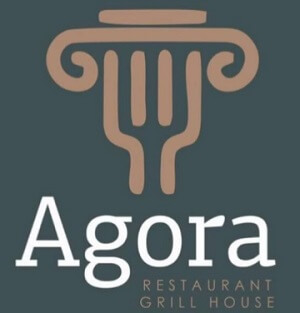 Agora Restaurant Grill House
Agora Restaurant Grill House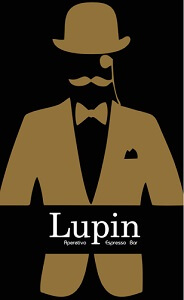 Lupin Aperitivo Espresso Bar
Lupin Aperitivo Espresso Bar

